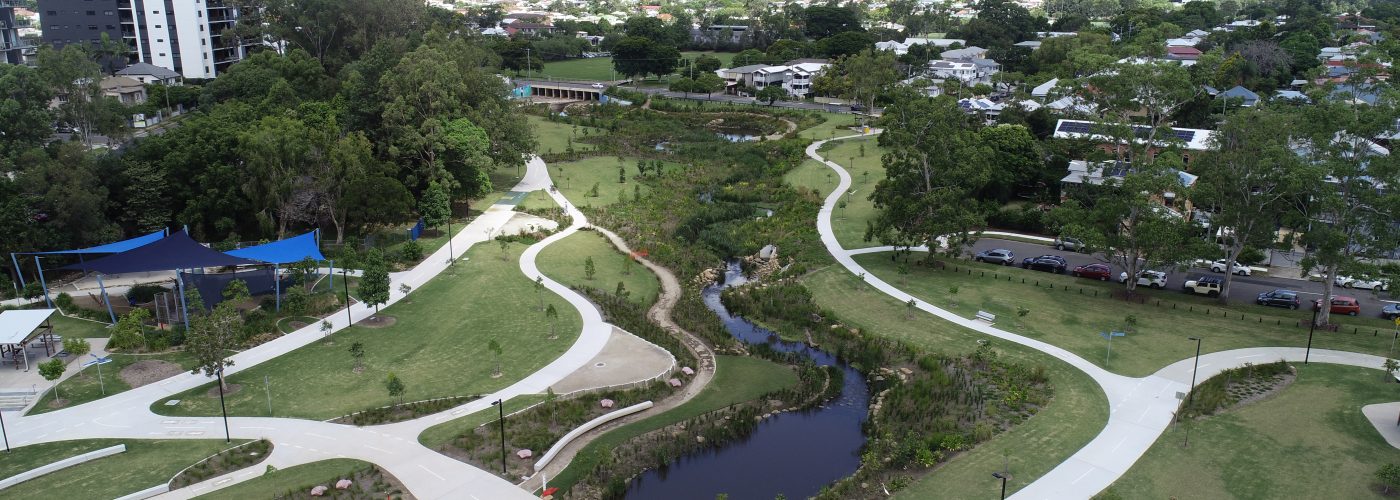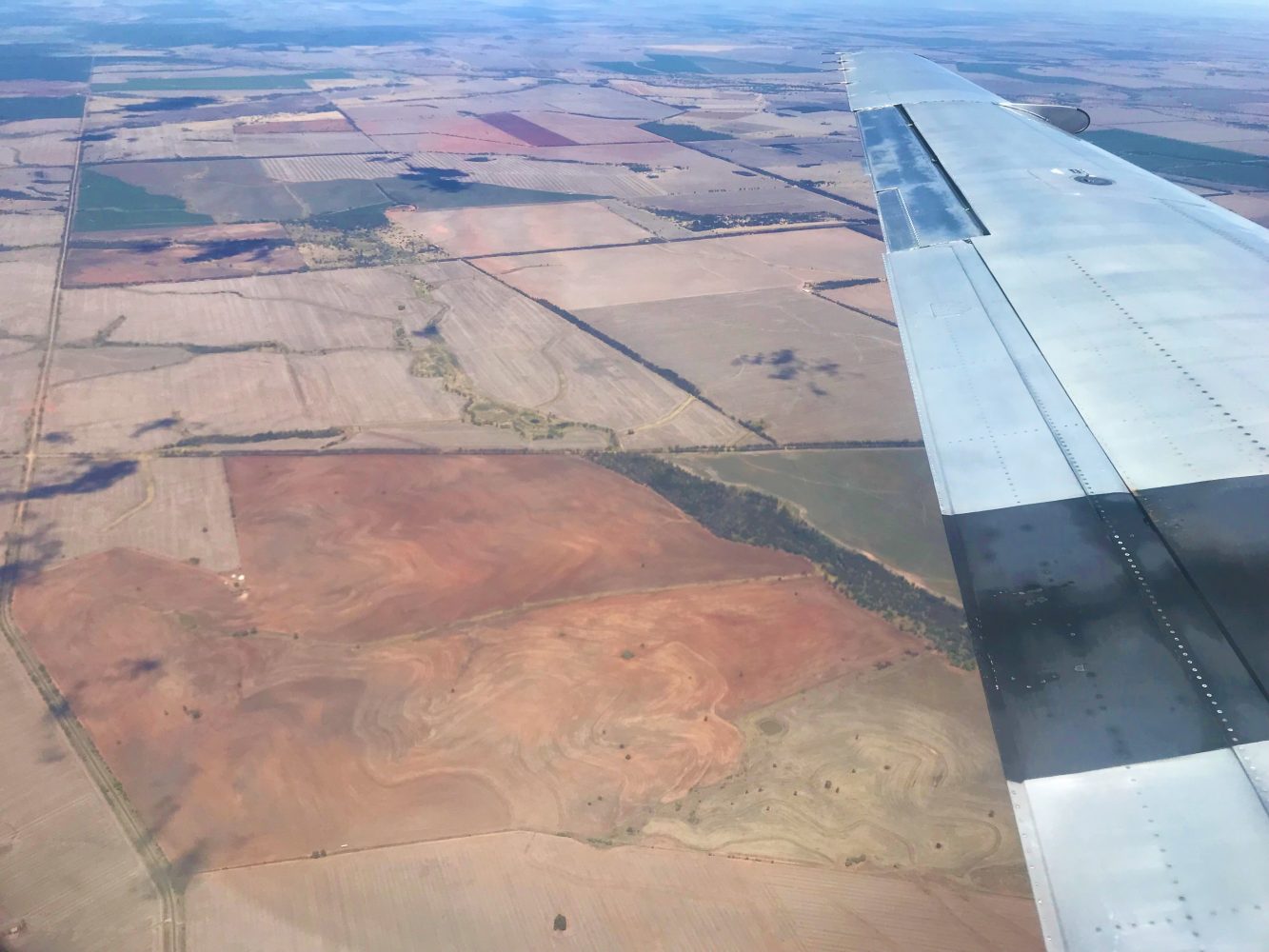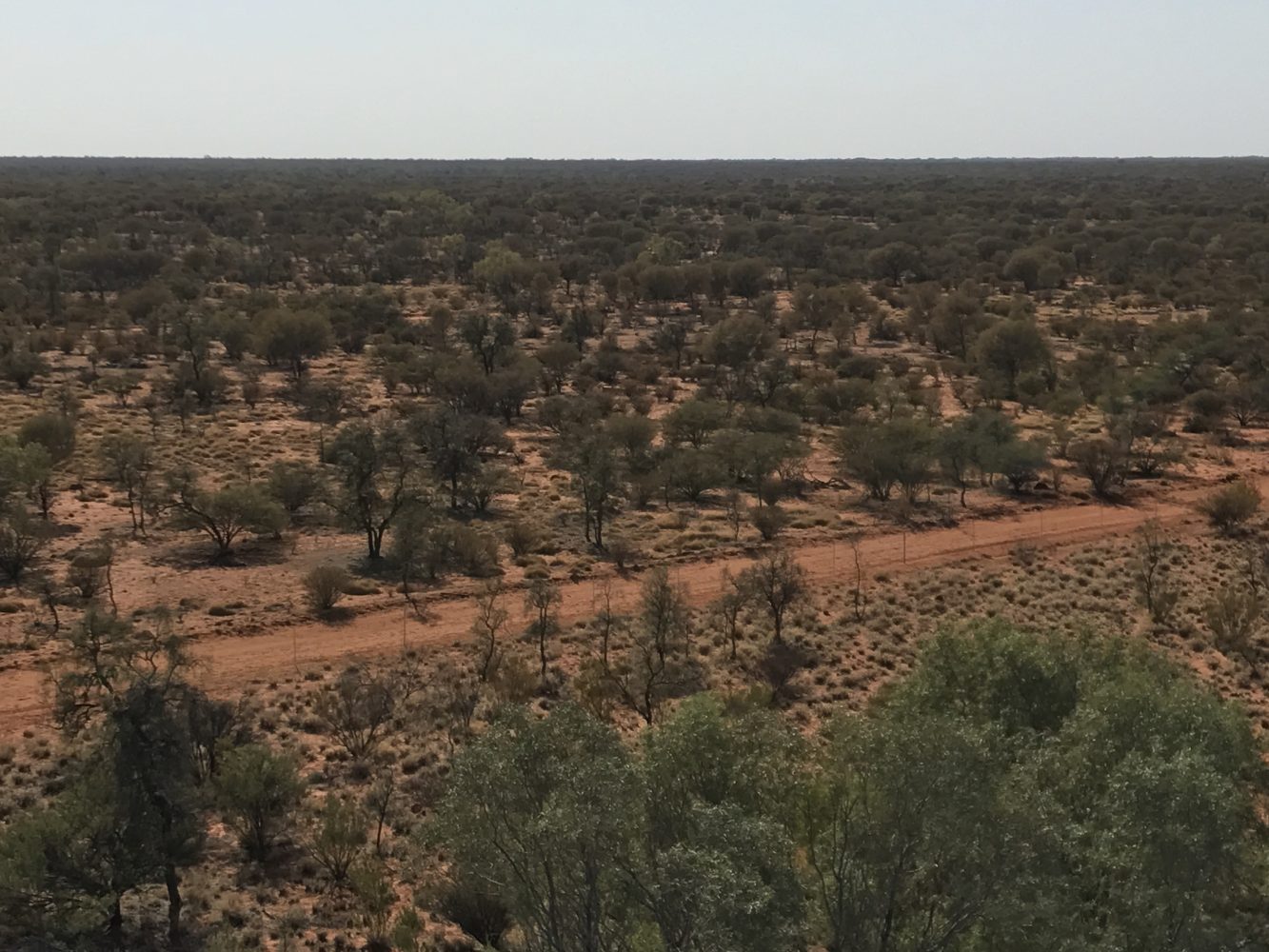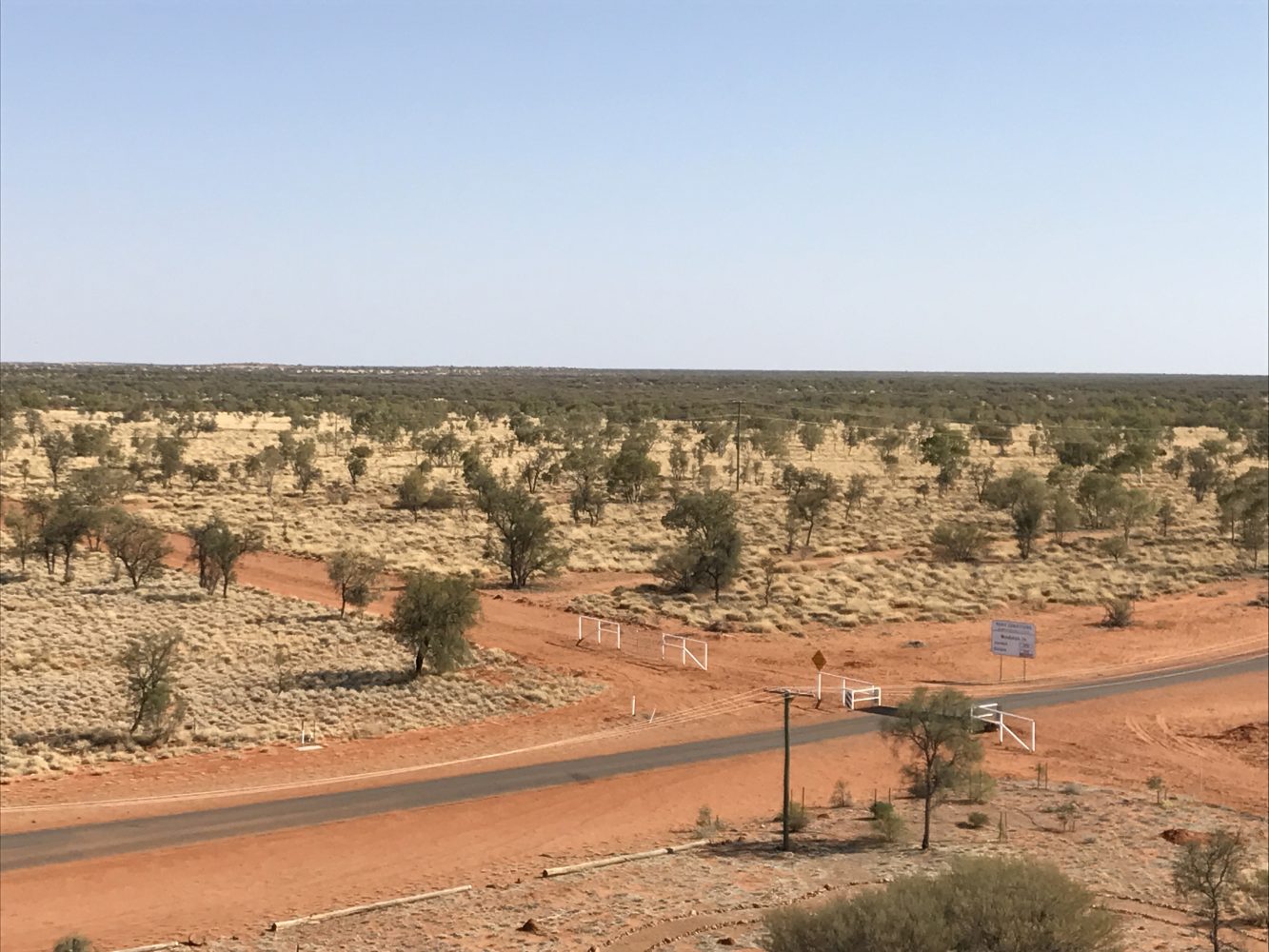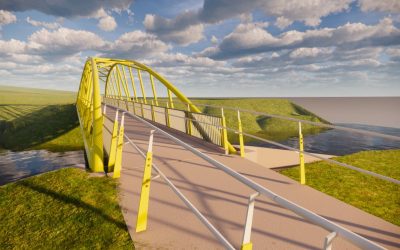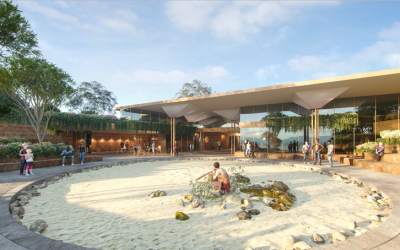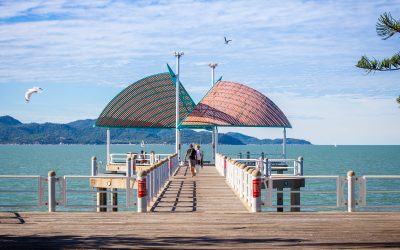Water management issues in a changing climate
You’d have to be living under a rock not to know that most of Australia is currently in drought. Some of this is related to our natural climate variability, but a quick review of BOM climatic data will tell you that 9 of the 10 hottest years on record have occurred since 2005. Australia’s population is growing at around 1.4% per year which puts additional stress on our water supplies, as does our ever-expanding agricultural export market.
What does this mean for South East Queensland? If we don’t receive a lot of rain soon, Seqwater will begin to formally commission the Western Corridor Recycled Water Scheme. This will involve the purification of around 200 million litres of recycled water every day, which would then be pumped back into Wivenhoe Dam to reduce the demand on our drinking water supplies. Don’t be concerned by this, despite the negative media campaigns that have occurred in the past, recycled water can be made perfectly safe for drinking with the appropriate treatment technology and monitoring processes in place. In fact it is actually treated (and tested) to a higher standard than our drinking water currently is!
There are other effects of drought and climate variations. Here at Bligh Tanner, we do a lot of work with regional and remote water service providers and we are dealing with a lot of water quality and climate related issues for various clients, for example:
- Assisting Unitywater in the planning of the Wamuran Recycled Water Scheme, which would involve taking 8 million litres of treated effluent from the Caboolture region out to Wamuran for the irrigation of turf, berries and other fruit;
- Working with BMT and Unitywater in developing a Total Water Cycle Management Plan for the Sunshine Coast and Noosa;
- Helping Gladstone Regional Council identify an alternative water supply for the small town of Miriam Vale (which currently has around two months of water supply left);
- Providing advice to a regional Council dealing with a burnt-out catchment, and the appropriate management of the drinking water supply;
- Assisting hospitals and councils develop options to manage Legionella (which becomes more of a concern in a warming climate);
- Providing advice around management of water quality in constructed lakes, and the likely impacts of reduced inflows and hotter temperatures in initiating toxic algal blooms.
